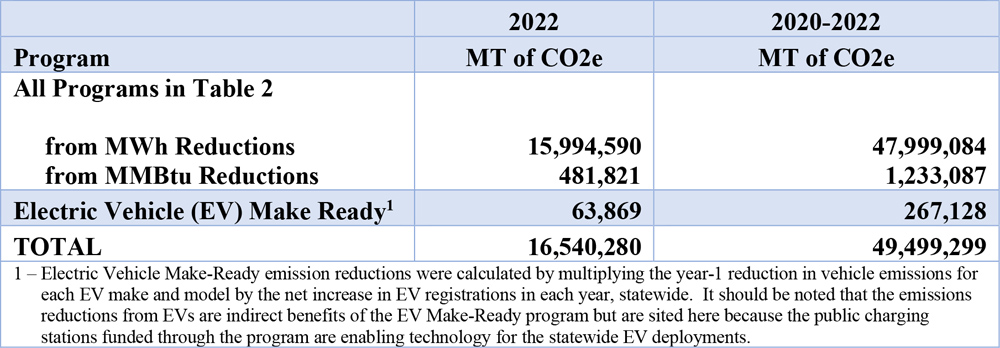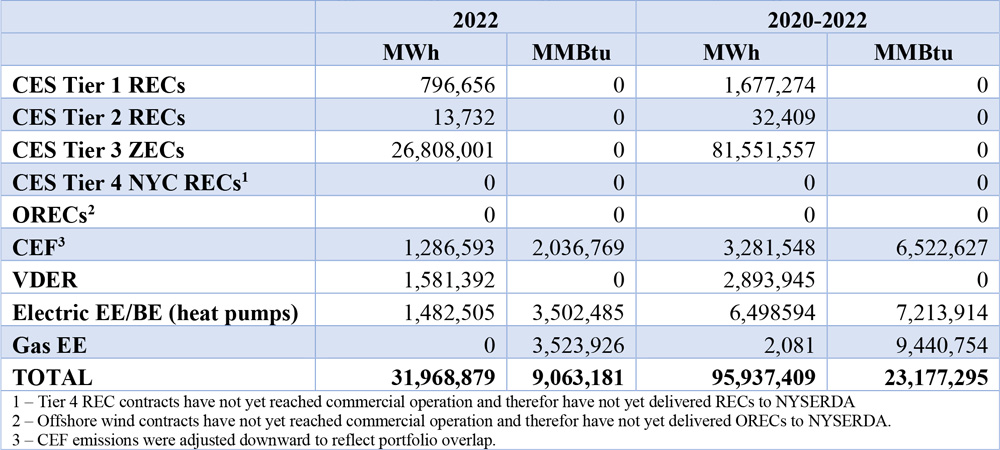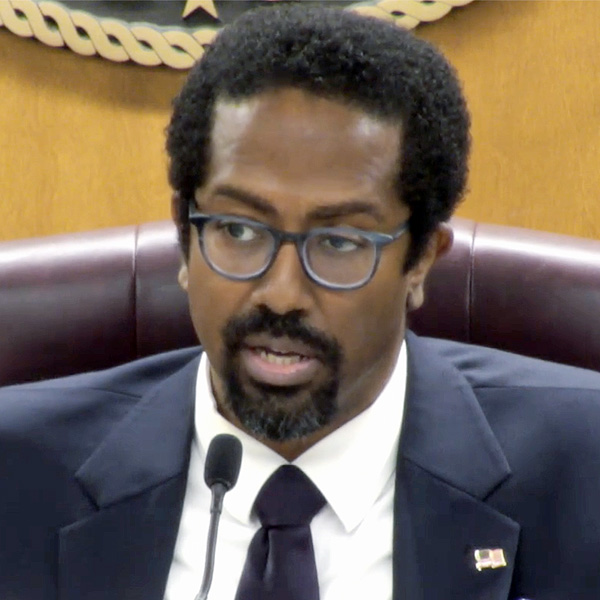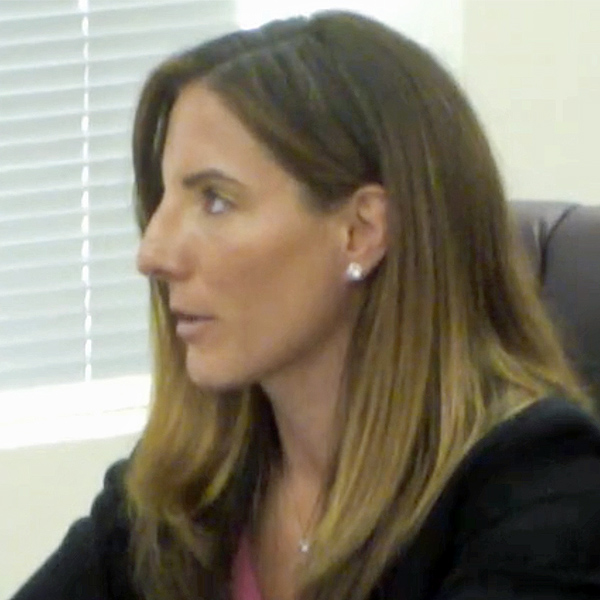Arizona’s decision to join the U.S. Climate Alliance could rev the state’s clean energy economy, some observers said, but others warned that politics could get in the way.
Gov. Katie Hobbs (D) announced this month that Arizona has joined the Alliance, a coalition that includes 23 states, Guam and Puerto Rico. Alliance members promise to pursue policies to reduce climate pollution and promote clean energy deployment.
“Together, we are creating green jobs and businesses, ensuring clean air and water for Arizonans, lowering energy costs and preparing more effectively for a changing climate,” Hobbs said in announcing the move.
Hobbs’ announcement came around the time Gov. Joe Lombardo withdrew Nevada from the Alliance, citing conflicts with the state’s policy of developing a diverse energy portfolio that includes natural gas. (See Nevada Exits US Climate Alliance.)
Michael Barrio, a senior policy principal at Advanced Energy United, highlighted the potential economic benefits of Alliance membership for Arizona. AEU is a business association aimed at achieving 100% clean energy in the U.S.
By joining the Alliance, “we’re really opening the doors to investment,” Barrio told NetZero Insider.
Businesses are attracted to states with a stable and predictable clean energy framework, Barrio said. He noted that a growing number of businesses — including large companies such as Meta — are making clean energy commitments.
“Arizona is signaling that this is a state where those kinds of commitments can be fulfilled,” Barrio said.
Attorney Court Rich, director of the Regulatory and Renewable Energy Department at Scottsdale-based Rose Law Group, said clean energy and related technology represent a “massive” economic opportunity for Arizona. Hobbs has sent a strong message of support by joining the Alliance, Rich said.
“But given state politics, and a GOP-controlled legislature and utility commission, we need everyone on board to make sure Arizona maximizes its potential to be a leader in the clean energy economy,” Rich told NetZero Insider.
“At the end of the day, I would be surprised if joining the Alliance has any impact on Arizona’s actions on emissions,” he added.
Arizona already is making clean energy-related economic progress. A report this year from Climate Power, a strategic communications organization, found that investments in clean energy projects led to 12,720 jobs in Arizona from the time the Inflation Reduction Act became law in August 2022 through March 2023.
Among 191 new clean energy projects nationwide, the report pointed to LG Energy Solution’s plans to build a $5.5 billion battery manufacturing complex in Queen Creek, Ariz., where it will make batteries for EVs and energy storage systems.
States Working Together
U.S. Climate Alliance members take action through steps such as adopting climate action plans, setting zero-emission vehicle standards and developing building performance standards. Hobbs’ office didn’t respond to requests for details on the administration’s next steps regarding climate change.
Diane Brown, executive director of the Arizona Public Interest Research Group, said Hobbs and her newly created Office of Resiliency have “hit the ground running” in terms of pursuing federal funds for clean transportation and clean energy and working with a wide array of stakeholders to address climate change and its impacts.
Membership in the U.S. Climate Alliance will give Arizona a chance to collaborate with other states on best climate practices, Brown said.
“The result of developing and implementing strong climate change mitigation policies will not only reduce climate pollution, but can save consumers money, protect air quality and promote public health,” Brown told NetZero Insider.
Beyond Pledges
Another commitment from Alliance states is to reduce net greenhouse gas emissions by at least 26% by 2025 and 50% by 2030, as compared to 2005 levels, and reach net zero by 2050.
A report this month from the Environmental Defense Fund (EDF) looked at the impact on national climate progress of 24 Climate Alliance states hitting their 2025 and 2030 targets.
Hitting the state targets would reduce by 43% the national emissions gap — the difference between projected emissions and a Biden administration goal to cut nationwide emissions by at least 50% by 2030, the report found.
In updated figures provided to NetZero Insider last week, factoring in Arizona’s membership in the U.S. Climate Alliance and Nevada’s withdrawal, EDF found that the national emissions gap would shrink by 44% if states reach their targets.
But many states are struggling to meet their commitments, the report found. The 24 states in the report are on track to collectively reduce net emissions by 20 to 23% by 2025, short of the 26% target, and by 27 to 39% in 2030, compared to the 50% reduction target.
Pam Kiely, EDF’s associate vice president for U.S. climate, said governors “must drastically step up ambitious and comprehensive policies to cut pollution in line with their goals.” And the Inflation Reduction Act gives them an opportunity to do so, Kiely said.
“Generating that collective impact requires moving beyond just pledges — governors have to deliver on their promises,” Kiely said.




